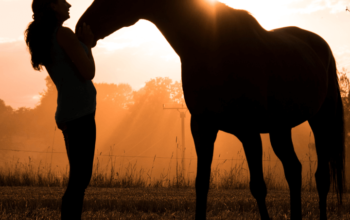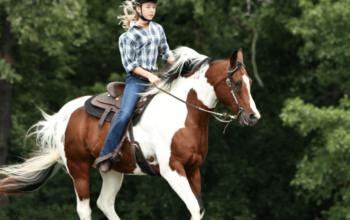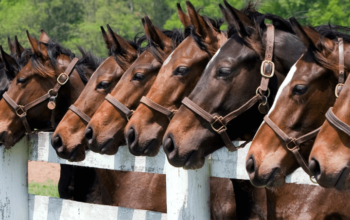
Grulla horses, with their striking coloration and unique characteristics, captivate the hearts of equestrians worldwide. Known for their distinctively smoky hue and dun factor, grullas possess a rare beauty that sets them apart from other coat colors. In this article, we’ll delve into the intricacies of identifying a grulla horse, exploring the key characteristics and subtle nuances that distinguish these magnificent equines.
Grulla is a coat color found in horses characterized by a unique blend of black and dun genes. The result is a coat that appears smoky or mouse-colored, with varying shades of grayish-brown and a characteristic dorsal stripe running along the spine. Grullas may also exhibit primitive markings, such as leg barring, shoulder stripes, and zebra striping on the legs, which are remnants of their dun ancestry.
When identifying a grulla horse, several key features can help distinguish them from other coat colors:
- Coat Color: The most obvious characteristic of a grulla horse is its distinctive coat color, which ranges from a smoky grayish-brown to a darker slate hue. Grullas often have a metallic sheen to their coat, giving them a unique luster that sets them apart from other colors.
- Dun Factor: Grulla horses typically exhibit dun factor traits, including a dorsal stripe, leg barring, and other primitive markings. The dorsal stripe runs along the spine from the withers to the tail, while leg barring appears as horizontal stripes on the legs. These markings are inherited from the dun gene and are a hallmark of the grulla coat color.
- Eye Color: Grulla horses often have dark, expressive eyes that complement their smoky coat color. While eye color alone is not a definitive indicator of grulla, it can be a contributing factor in identifying horses with this coat color.
- Mane and Tail: Grulla horses may have black or dark manes and tails that contrast sharply with their smoky coat color. The mane and tail may exhibit highlights or frosting, adding to the overall visual appeal of the horse.
- Skin Color: Grulla horses typically have dark skin under their coat, which can be seen around the muzzle, eyes, and other areas with sparse hair. This dark pigment is a genetic trait associated with the grulla coat color.
In addition to coat color and markings, assessing the confirmation and physical characteristics of the horse can also provide clues to its breed and lineage. Grulla horses may be found in various breeds, including American Quarter Horses, Spanish Mustangs, and Icelandic Horses, among others. By examining the horse’s build, proportions, and other physical traits, you can gain insight into its breed heritage and potential suitability for specific disciplines or activities.
If you’re uncertain about whether a horse is grulla, consulting the breed standards for specific breeds can provide valuable guidance. Many breed associations have established guidelines for coat colors and markings, including descriptions and photos of grulla horses. By familiarizing yourself with these standards, you can better recognize and appreciate the unique characteristics of grulla horses.
Identifying a grulla horse requires a keen eye for detail and an appreciation for the subtle nuances of coat color and markings. By understanding the key characteristics of grulla coloration, including coat color, dun factor traits, and physical features, you can confidently identify these magnificent equines and appreciate their rare beauty. Whether you’re a seasoned equestrian or a casual observer, encountering a grulla horse is a memorable experience that leaves a lasting impression.


